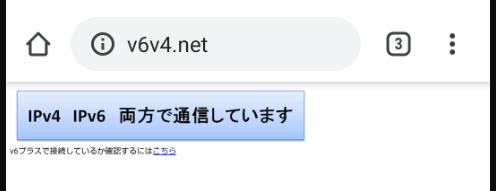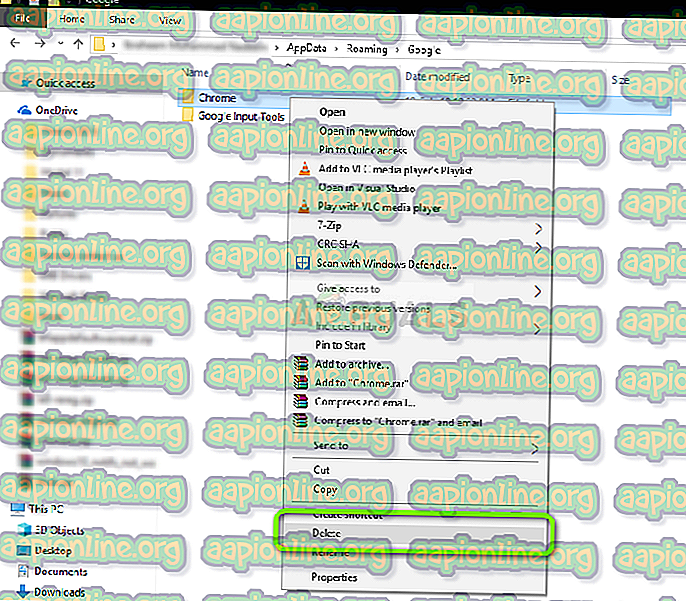
- #Chrome remote desktop not working mac how to
- #Chrome remote desktop not working mac download
- #Chrome remote desktop not working mac mac
For security purposes, you’ll need that PIN - in addition to being signed into your Google account - to access the computer remotely. Once you’ve given the computer a name and clicked the “Next” button, you’ll be prompted to create a PIN with at least six digits. (Click any image in this story to enlarge it.) Then, go back to your original tab, and you’ll find a prompt waiting for you to name your computer and move forward.įORUMS You can give your computer any name you want, so long as you’ll recognize it. Click the blue “Add to Chrome” button on the page that appears and confirm that you want to proceed.
#Chrome remote desktop not working mac download
You’ll then be prompted to download the Chrome Remote Desktop extension. Within Chrome, navigate to Google’s Chrome Remote Desktop web app and click the circular blue arrow icon inside the box labeled “Set up remote access.” (If you see a blue button labeled “Turn On” instead of a blue arrow, congratulations: You’re one step ahead! Skip the next paragraph, and you’ll be back on track.) If you want to be able to access your own computer from another desktop or mobile device, start by opening up Chrome on the host computer (or downloading and installing Chrome, if you’re using a Windows, Mac, or Linux system that somehow doesn’t already have it). In that scenario, it’s up to the decision of the IT department) Using Chrome Remote Desktop to access your own computer Step 1: Prepare the computer for connections *.(Note: With company-managed, enterprise-level Google accounts that Chrome Remote Desktop might not work. Without "-headless" the output will look like this: tcp4 0 0 127.0. In another shell you can see, that this address is used to listen on the socket: netstat -a -n | grep 9222
#Chrome remote desktop not working mac mac
On my Mac I can start the Chrome Canary version from today using this command line (the current stable version just crashes with "-headless"): /Applications/Google\ Chrome\ Canary.app/Contents/MacOS/Google\ Chrome\ Canary -remote-debugging-port=9222 -remote-debugging-address=192.168.1.20 -headless

When using any non-local ip-address you will get the following errors: bind() returned an error, errno=49: Can't assign requested address The parameter of "remote-debugging-address" must be the numeric ip-adress of a local network interface of the machine where you start Chrome with "-remote-debugging-address".


It turned out, that the option "-remote-debugging-address" can only be used for the headless mode ("-headless") and is intended to be used for tests when the browser runs in a docker container and not for remote debugging. remote-debugging-port=9222 -remote-debugging-address=192.168.1.3 //maybe thinking its supposed to be the IP of the remote machine remote-debugging-port=9222 -remote-debugging-address= I have tried the following: -remote-debugging-port=9222 -remote-debugging-address=
#Chrome remote desktop not working mac how to
Note that the remote debugging protocol does not perform any authentication, so exposing it too widely can be aĮither it's not working or I have no idea how to format it. Use the given address instead of the default loopback for accepting

However there is an additional flag that indicates it opens this ability, here is what Chrome has to say for it: -remote-debugging-address For security reasons Chrome will not allow access from another machine by IP, lets say. Then from another window/browser you can go to and open dev tools for any running tab in Chrome. It works by starting chrome with this flag: -remote-debugging-port=9222 Chrome has a really awesome feature that allows you to open the dev tools from another browser or window.


 0 kommentar(er)
0 kommentar(er)
